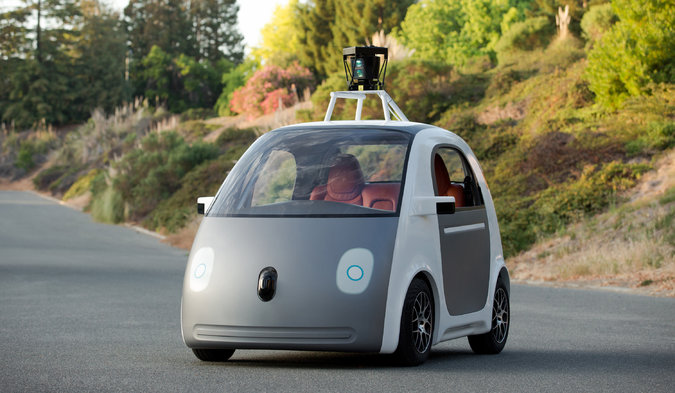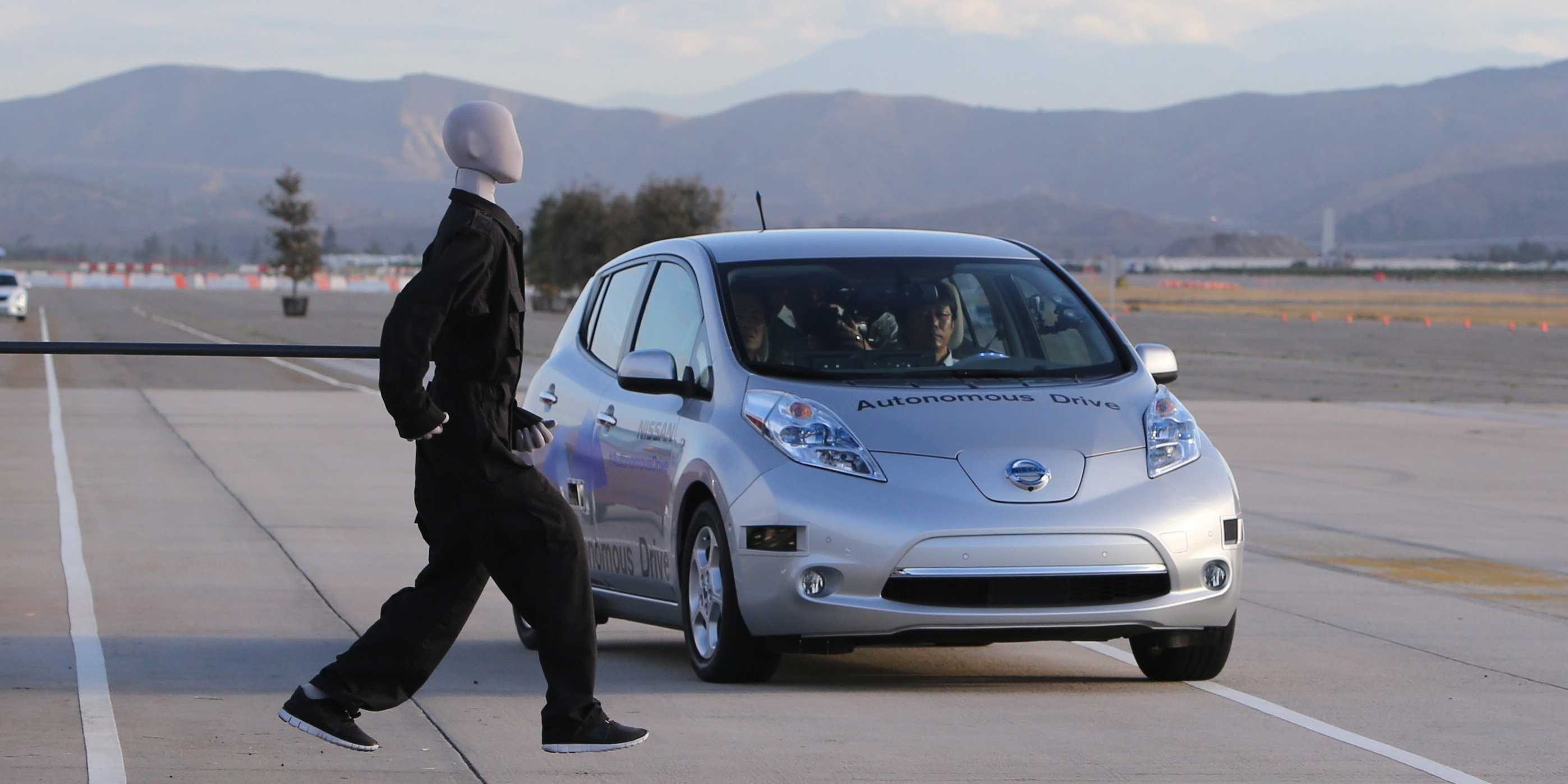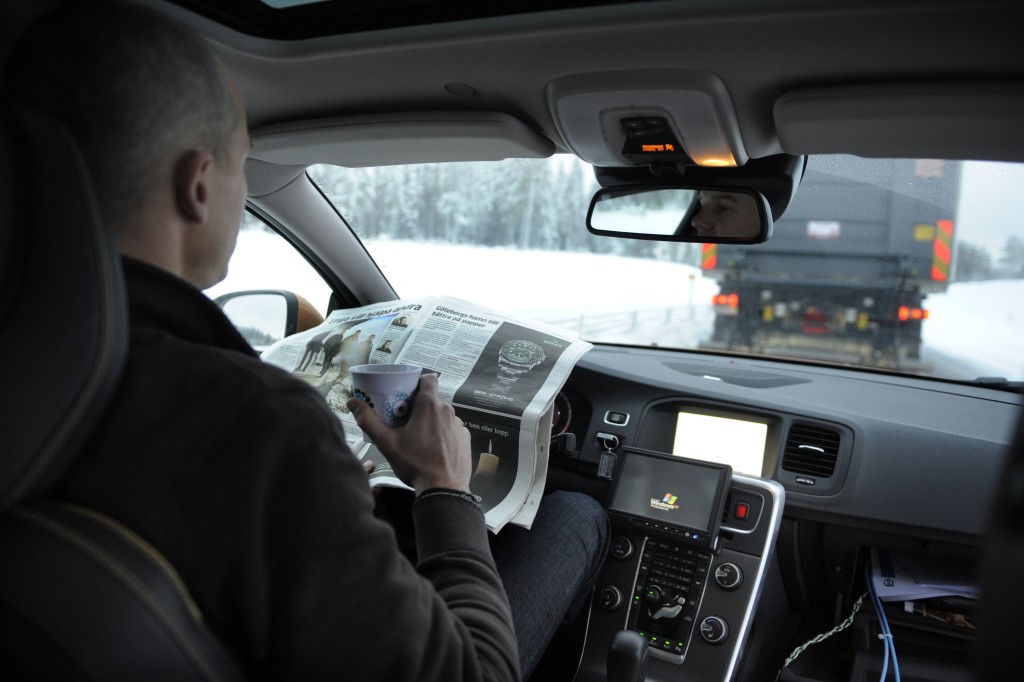Driverless cars are the rage and though they still sound more like something from a sci-fi movie or an episode of Star Trek, these amazing vehicles are fast becoming a reality. Here are some common questions people have been asking about these driver free cars and what we can expect from them:

Table of Contents
How do they work?
Lots of sensory equipment is used to make these vehicles move and drive themselves and all of the equipment records data and feeds into the vehicle’s computers. Radar, lasers and cameras along with a GPS and inertial navigation system constantly keeps tabs on speed, position, location, direction, and distance to other items and vehicles around the vehicle.
When are driverless cars coming?
Nissan is already working on them and they want to have the first autonomous car on the market for the very day driver to have by 2020. Many say that is a bit over-zealous of a prediction and say that it is more likely to be around 2025 or 2030 before these vehicles really start to be on the road en-mass.

How much will they cost?
The technology needed to make a vehicle that needs no human driver will add between $70,000 and $100,000 to the current cost of a vehicle- far too much for the average driver to even consider. However, many believe that after a few years of production and once mass assembly becomes smooth and routine, the additional cost might only be a few thousand dollars extra.
Will they be safer?
Experts say yes because as much as 93 percent of accidents that happen on the road are caused by human error. National transportation surveys have shown that here are more than 5 million crashes each year in the US. Just making it so drunk drivers can get home without the risk of an accident can lower vehicle death rates by a huge percentage.

Can they deal with congestion, pedestrians, and work zones?
So far the prototype and early production models of the driverless cars are pretty good at it. And all of the developers are working to make them better. Sensors on the vehicle register when something is in front of it and will slow down, turn, and navigate around any obstacles that cross its path.
So less traffic congestion?
Probably yes, but maybe no. they will help cut down on traffic jams, accidents, rubber-necking, and fast lane slow pokes. However, they open the road to many more people who have not been able to drive before- the blind and disabled among pothers. So smoother traffic patterns but also more cars on the road overall could be the result.
Time will tell what the future holds for driverless cars but it is an exciting time to be sure!
